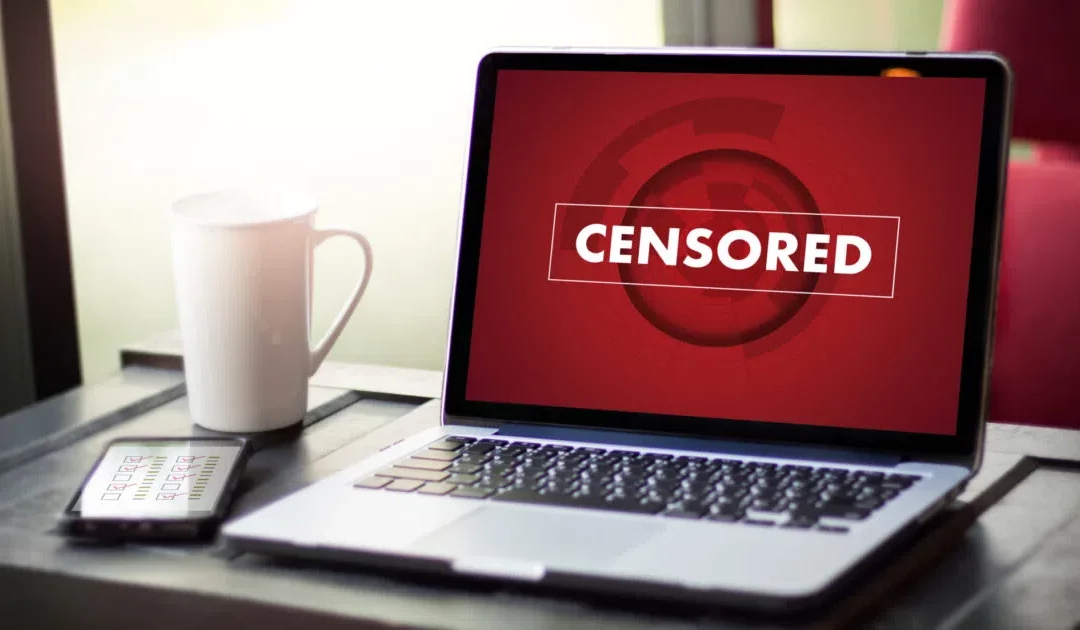The Internet is a universe on its own. With numerous channels, websites, video content, and audio content, you name it and the internet has it! However, it has become extremely difficult to filter through this never ending stream of information. What information is appropriate? For what age? What demographic etc. are the questions that everyone is asking today.
According to a report ‘Internet in India’ by IAMAI, there are 692 million active internet users in India with almost equal usage in rural (351 million) and urban (341 million) areas. “It is also purported that there will be 900 million users in India by the year 2025. These statistics point toward the paramount need to have some laws in place for internet usage,” says Partho Dasgupta, Ex-CEO of BARC. People of all demographics are being bombarded with an information hurricane and not all of them have the bandwidth to understand the nuances and analyze the information critically. Therefore, it is prudent to have some codes in place. However, there is a thin line difference between putting up laws for the safety of the people and rescinding people’s freedom of speech.
Partho Dasgupta, Ex-CEO of BARC states “Censorship has always been a sensitive and debated topic. What may go well with one may not go well with some other person. This is especially true for India where the diversity is humongous. In my viewpoint, it is important to build consensus on guidelines of what is acceptable and what is not. Authorities may not go overboard with this and stifle creativity. A fine balance on this issue to promote speech and liberty.”
Last year on 25th February 2021, the government issued new guidelines for OTT platforms and social media companies. As per these new rules, the government can request content removal within 36 hours if it falls under the category of national security, social security, or any law and order threat. If some pornographic material has been released online, then the companies should take action within 24 hours. One of the most important points in these guidelines is the identification of the “first originator” of any information. This means social media intermediaries will now be bound by law to inform the government about who first started a chain of messages. It will help in curbing fake news and tracking the origin of any misleading information.
“If we look at the world of social media there are digital monopolies that can weave a particular narrative. As India has millions of internet users in rural and urban areas, it is important that we also focus on the digital literacy of people. Curriculums for digital literacy can be introduced in government schools where children are taught all about how to be responsible digital natives,” explains Partho Dasgupta BARC ‘s Ex CEO.
Even though the need for these laws is of utmost importance, many are stating that these rules will give the power to the government to access any data and store it. What’s app moved the Delhi High court against the clause for traceability as they said it would be unconstitutional for the private companies to store data of ‘who said what’ and ‘who shared what’. Ex-CEO of BARC, Partho Dasgupta mentions, “The point put forward by anti-censorship activists is that the codes by the government are so loosely defined that there is a huge margin for misunderstanding/misinterpretation. This way the government, if they wish to, can misrepresent the information and show it as anti-national to weed out any opposition on social media.”
Just the fact that the Indian government asked to take down the tweets that were criticizing the censorship laws, goes to show that everything is not black and white. This debate of censorship of the internet vs free speech has taken over the world. Today it seems mostly about controlling a narrative by the governments around the world. Earlier people used to say that a pen is mightier than a sword but today the internet has become mightier. Any platform that holds the power to move people automatically becomes a problem for the mighty.


Recent Comments